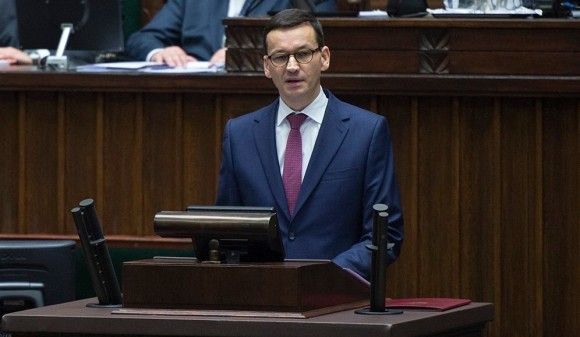Battlefield Reconnaissance Radars For The Polish Army
The Armament Inspectorate announced a tender, the aim of which is to acquire 104 battlefield and reconnaissance radars for the Armed Forces. The radars should be capable of detecting and tracking the moving objects, along with automatic, continuous supervision of the enemy troops, tracking the enemy’s movement and activities, visualization of the battlefield situation on the map deck entered by the operator. Finally, the system should also offer capabilities within the scope of directing the artillery fire.
The order covers 93 sets of the radars in the basic variant. 11 additional examples may be acquired optionally. It was assumed that the minimum, basic variant of the procurement is to be realized until 2022, while the remaining eleven radars are going to be delivered a year later.
The contract additionally assumes that instructors and maintenance personnel would go through training, within the scope of the agreement. Secondly, the technical documentation for the radars is also going to be procured. The criteria related to selection of the specific offers include price (weight of 90) and guarantee period (weight of 10). The offer placing deadline is set as 29th September 2015.
Currently, the procedure is a result of a technological dialogue which was started by the Armament Inspectorate back in June 2014. Once the dialogue is completed, new Terms of Reference were defined. The relevant information is going to be delivered to the subjects invited to take part in the negotiations.
The initial requirements, published before the technological dialogue began, assumed that the new battlefield and reconnaissance radar should be operated within the Ku band (10 – 18 GHz), with an ability to operate in sectors. The radar role is primarily to detect the targets, vehicles, helicopters and explosions. Range at which a single soldier can be detected shall not be shorter than 10 kilometres. The radar should also be capable of detecting an explosion of a 155 mm artillery round, at distances of no less than 12 kilometres. Cars and helicopters should be detectable at distances of 15 kilometres. In case of tanks, the detection range should exceed 24 kilometres.


WIDEO: Defence24 Days 2025: Premier Defence & Security Conference in CEE